Visual and Modern Art Midterm
1/38
There's no tags or description
Looks like no tags are added yet.
Name | Mastery | Learn | Test | Matching | Spaced |
|---|
No study sessions yet.
39 Terms
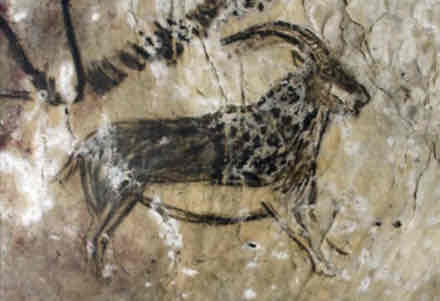
What Painting is this?
Painted Ibex at Niaux Cave
11,500- 10,500 Years Ago
Paleolithic
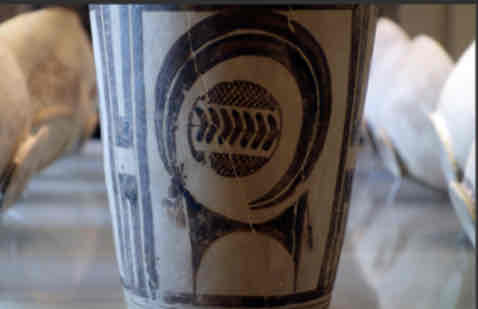
What Painting is this?
Bushel with Ibex Motif
4200- 3500 BCE
Neolithic
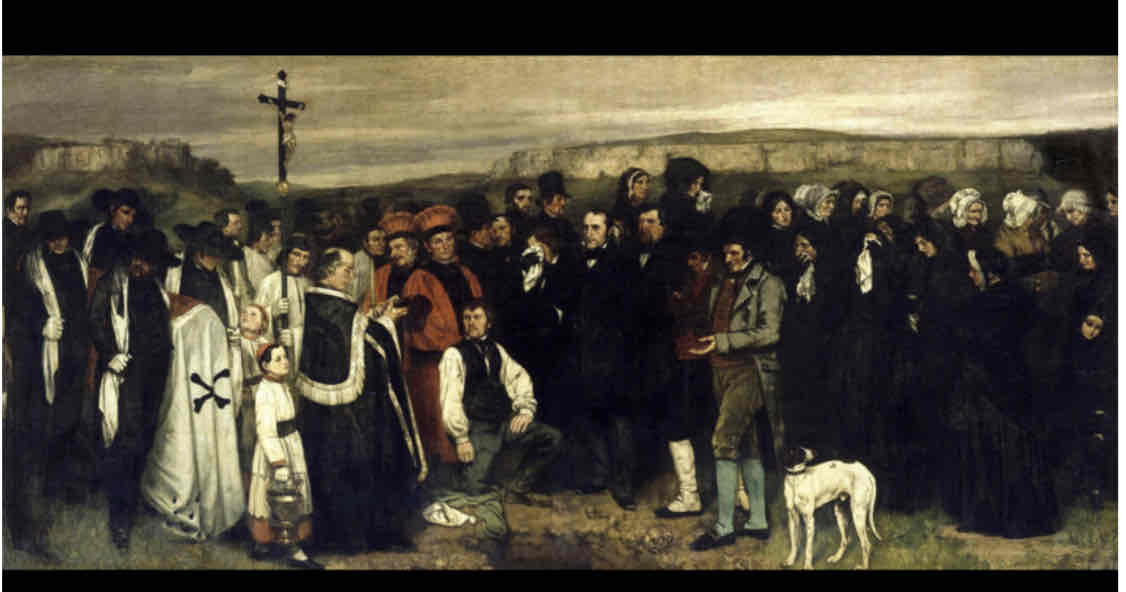
What Painting is this?
Burial at Ornans
Gustave Courbet
1849-1850
Realism
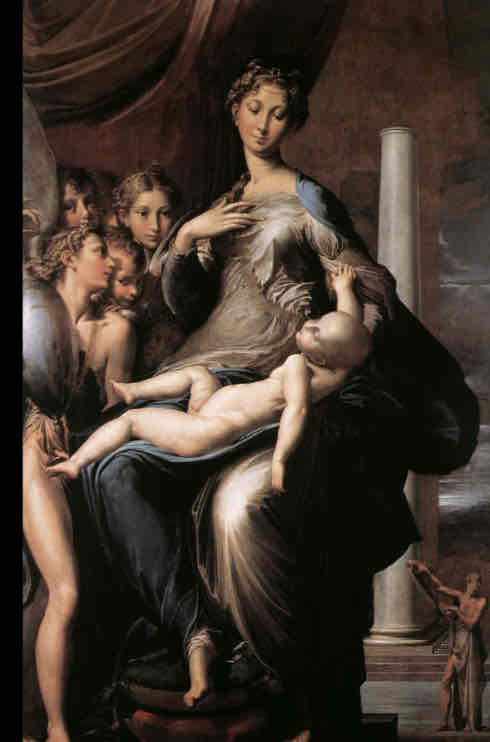
What Painting is this?
Madonna with the Long Neck
Parmigianino
1535-1540
Mannerist
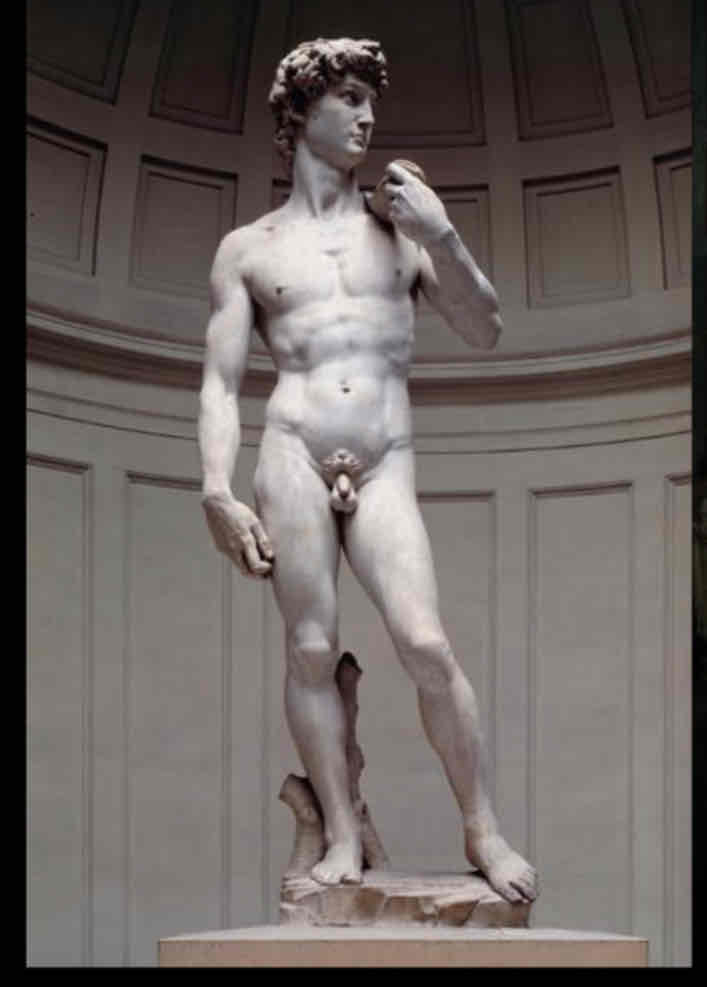
What Painting is this?
David
Michelangelo
1501-1504
Renaissance

What Painting is this?
David
Bernini
1623-1624
Baroque
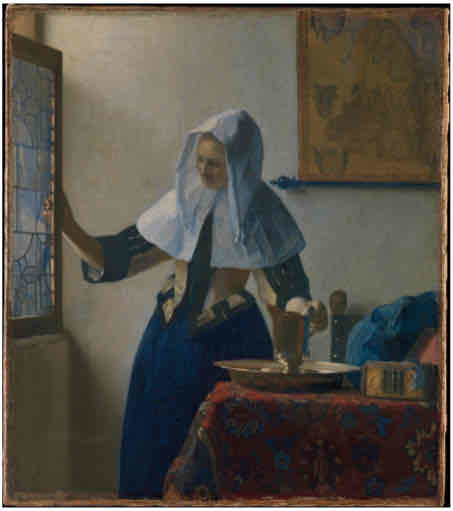
What Painting is this?
Young Woman with a Water Pitcher
Johannes Vermeer
1662
Baroque

What Painting is this?
Interior of the Oude Kerk, Delft
Emanuel de Witte Dutch
1650
Baroque

What Painting is this?
Fête Champêtre (Pastoral Gathering)
Jean-Antoine Watteau
1717-1721
Rococo
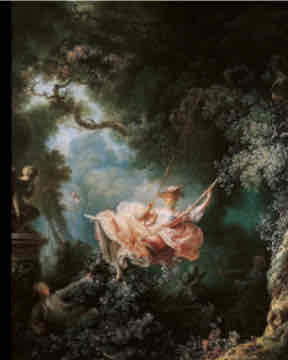
What Painting is this?
The Swing
Jean-Honore Fragonard
1767
Rococo

What Painting is this?
The Interrupted Sleep
Francois Boucher
1750
Rococo
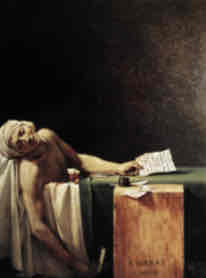
What Painting is this?
The Death of Marat
Jacques-Louis David
1793
Neoclassicism
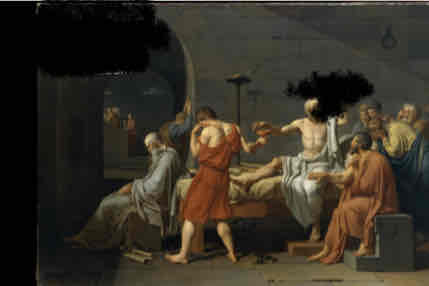
What Painting is this?
Death of Socrates
Jacques-Louis David
1787
Neoclassicism

What Painting is this?
Liberty Leading the People
Eugene Delacroix
1830
Romantic
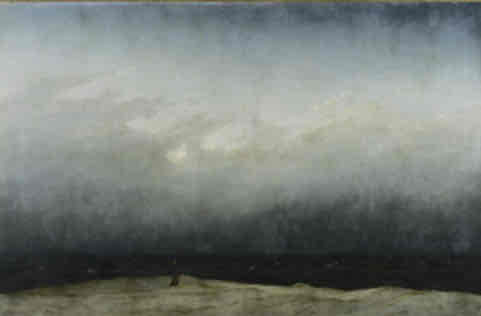
What Painting is this?
Monk by the Sea
Caspar David Friedrich
1809-1810
Romantic

What Painting is this?
The Slavers Throwing Overboard the Dead
Joseph Mallory William Turner
1840
Romantic
Naturalism
A style of painting focused on repenting the world as it is experienced through the senses. (In reality)
Abstraction
A style of painting. That priorities idea over sensory experience. Seeks to represent things the way they are imagined.
Formalism
The study of art by analyzing and comparing form and style
Modernism (Art)
A period in art that coincides with social and political shifts that affects and responds to the shifting of words views that accompany this historical moment
Modernity
A term that describes the historical world situation in the 18th through the early 20th centuries, and arguably, continued today.
Autonomy
Freedom from external control or influence; a way of conceiving of an art form, style or method as significant in itself, regardless of external values or uses.
Immanent Criticism
Criticism from within
Immanent
From within, contained as part of, inherent to
Critique
The process of recognition of the conditions of possibility of a thing, idea method or social/political form
Positivism
Theory that true knowledge is hard on observation of natural phenomena. Priories experience based knowledge over metaphysical thought
Basically reason and logic over feeling and intuition
Auguste Comte
French philosopher
Found the field of sociology on the basis that the physical world operates according to gravity and other absolute laws, so does society
Ennui
Feelings of disgust, discontent, and apathy in reaction to the monotony of modern life
Kitsch
Popular culture arising simultaneously with scant grade culture and an increase in productive power; easily produced and consumed
Avant Garde
A cultural tendency that self consciously seeks the new by breaking with, critiquing or transforming the old
What is the difference between the modern and pre-modern world?
Pre-modern: people do things in their generation so that the same things will continue to be done in the next
Modern: the idea is not to repeat but to change, to move the world forward instead of the cycle of tradition
What Characterizes Modern Art?
The hierarchy of genres
History
Portrait
Genre/Scenes of Everyday life
Landscape
Still life
How did societal and technological changes impact the development of modern art?
Societal a technological changes impacted the development of Modern art by prompting artists to depict the changing world around them and focus on capturing the subjective experience of the modern world.
What is the Protestant reformation?
A 16th century (1517-1648) religious movement that challenged the authority of the Catholic Church
What is the Counter-Reformation?
An effort in the 16th century (1545-1648), to oppose the Protestant reformation and reestablish the Church as a leading power
According to Wilhelmina Worringer, what does the impulse toward abstraction indicate about the artist’s relationship to the world, as opposed to the impulse toward naturalistic representation?
When an artist feels the urge toward abstraction, it means that said artist is not satisfied with the current society/world they live in. The urge to abstract stems from a great inner unrest inspire in man by the phenomena of the outside world.
Four tendencies in French at at the time of the revolution according to Arnold Hauser:
Rococo, Sentimentalism, Boutgeoise Naturalism, (Neo)Classicism
According to Hauser why was neoclassicism the style of representation most adequate to revolutionary ideas?
The primary Neoclassicist belief was that art should express the ideal virtues in life and could improve the viewer by imparting a moralizing message.
In other words, it had the power to reform and transform society which is exactly what a revolution is for.